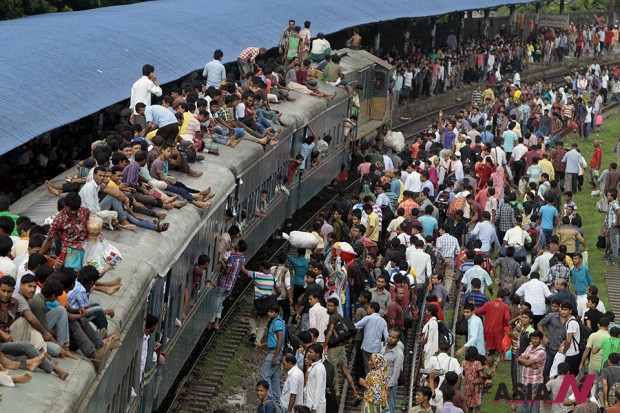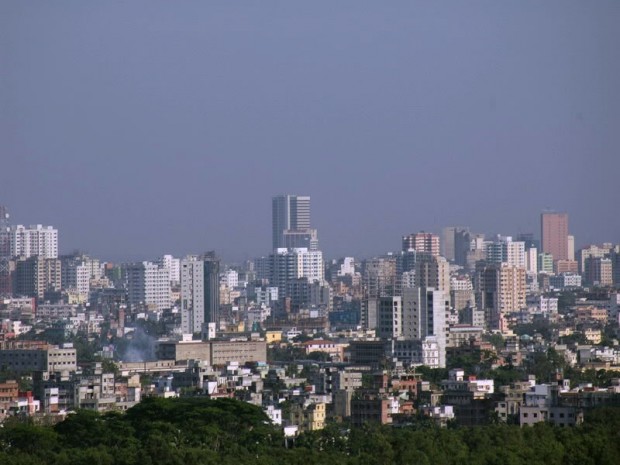Fast growing population, a challenge for Bangladesh’s capital city
DHAKA – Bangladesh’s capital city Dhaka is going to face a tough challenge with its fast growing population, now expected to hit over 20 million by 2025. According to official statistics, Bangladesh’s population at this moment is about 150 million out of which 15 million live in Dhaka city.
Experts say the prospect of 20 million population in the capital city would create a big problem and the governments would have to adopt pragmatic measures to face the challenge and do something with more care.
Migration to urban areas from rural areas is the main cause for increasing the population in Dhaka city. Other major causes contributing towards faster growth of population in Dhaka city include: about 75 percent of the country’s garment factory jobs are in the capital, along with most of the universities, hospitals and many such institutions occupying vast areas and avenues.
By 2025, the UN predicts that Dhaka, New Delhi, Kolkata, Mumbai, Mexico City, New York, Sao Paulo and Shanghai will all have populations of more than 20 million. Tokyo seems to become home to some 37 million, three times the current population of Greece.
Of these cities, Dhaka is already carrying the burden of skyscrapers in most areas giving a modern look to one of South Asia’s most important capital cities.
Every year, natural disasters like river erosions trigger mass migrations into the urban areas including Dhaka city. Bangladesh is a delta crisscrossed by 230 rivers and muddy lowlands where cyclones and rising sea levels drive people from coastal areas every year. Almost in each monsoon season, there are floods from snowmelt off the distant Himalayas that shift the course of rivers causing erosions displacing large number of people.

Bangladeshi passengers sit on the roof of an overcrowded train as others wait on the platform as they try to reach their homes to celebrate Eid al-Fitr in Dhaka, Bangladesh, Wednesday, Aug. 7, 2013. Muslims across the world are preparing for the arrival of Eid al-Fitr, the festival marking the end of the Muslim fasting month of Ramadan. (Photo : AP Photo)
As the researchers worry that climate and environmental shocks will spur mass migration worldwide, ecologically fragile Bangladesh may suffer the problem of displaced people. Each season, cyclones, floods and sea level rise drive many people out of their homes in the country.
Since global temperatures continues to grow, researchers say the frequency of cyclones, the intensity of seasonal flooding and salinity of Bangladesh’s coastal river mouths are on the rise to drive out poor people from their homes to gather in major cities including Dhaka.
Dr AKM Abul Kalam of Jahangirnagar University in his paper “Planning Dhaka as a Global City-A Critical Discourse” said Dhaka has experienced a noticeable growth in the recent period, but as a capital city it has potential to gain more from globalization. As he says, with appropriate planning interventions, the capital city may overcome its weaknesses substantially, if not fully.
As the capital city with its strategic geographical location in the middle of the national territory, Dhaka offers a good communication and transportation network with all important places including the sea ports of Chittagong and Mongla. The past industrial experience, administrative importance and cultural heritage testify the significance of Dhaka’s location advantage.
Dr Kalam says, Dhaka’s desire for becoming a stronghold in industrial and commercial concentrations may receive a positive response by the international investors, if the city could adopt and implement a strategic plan suitable for such actions.




















































